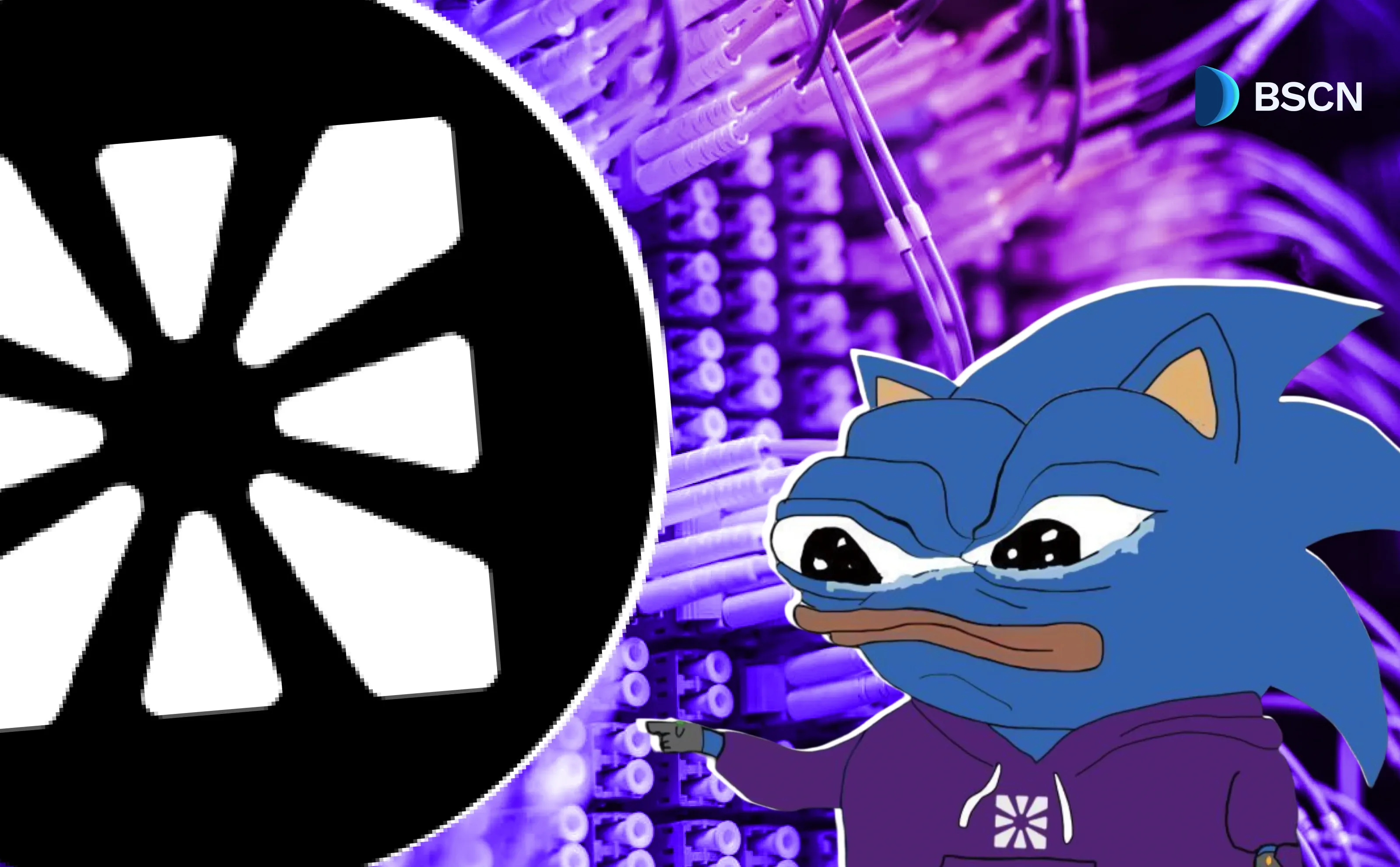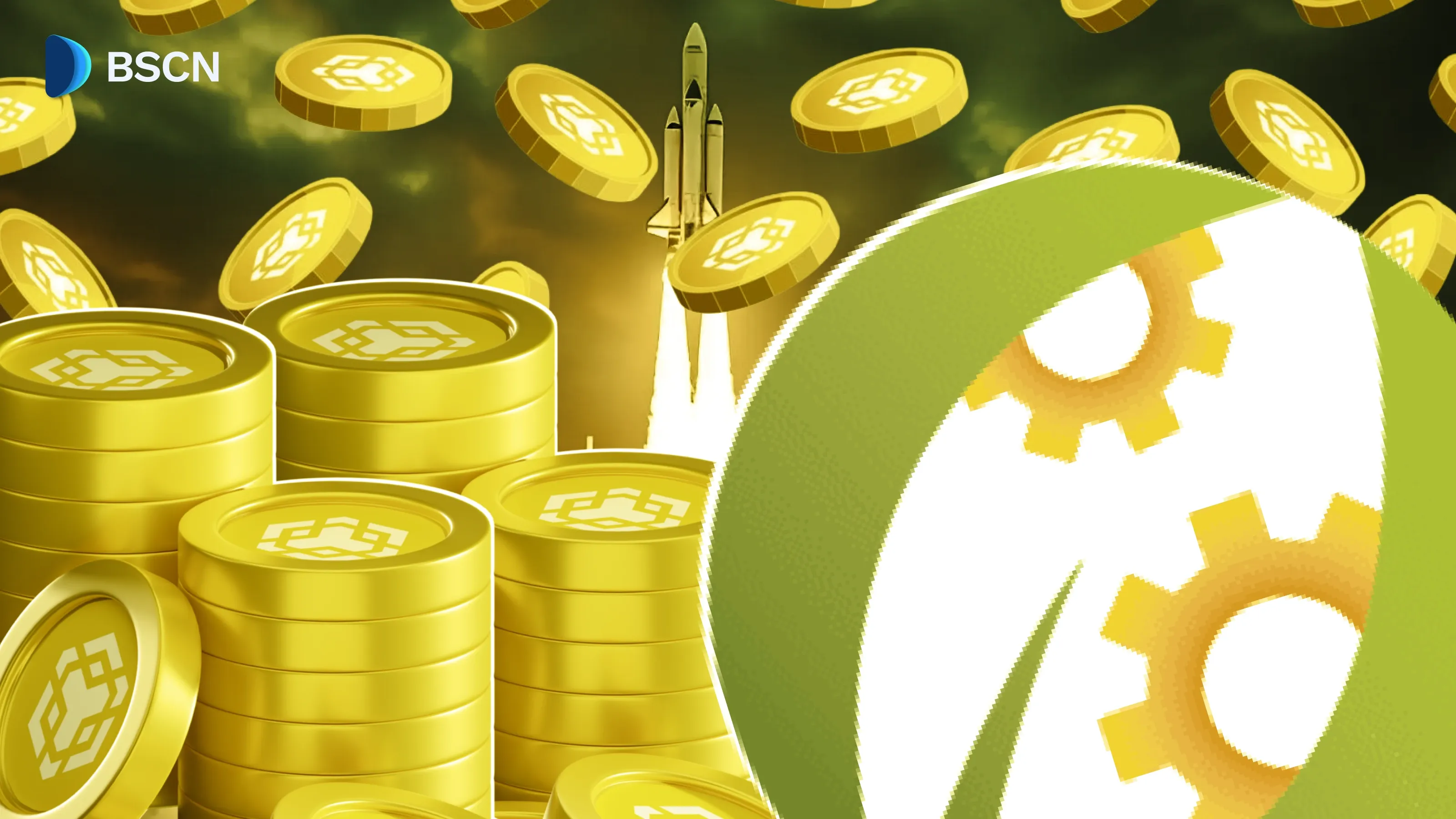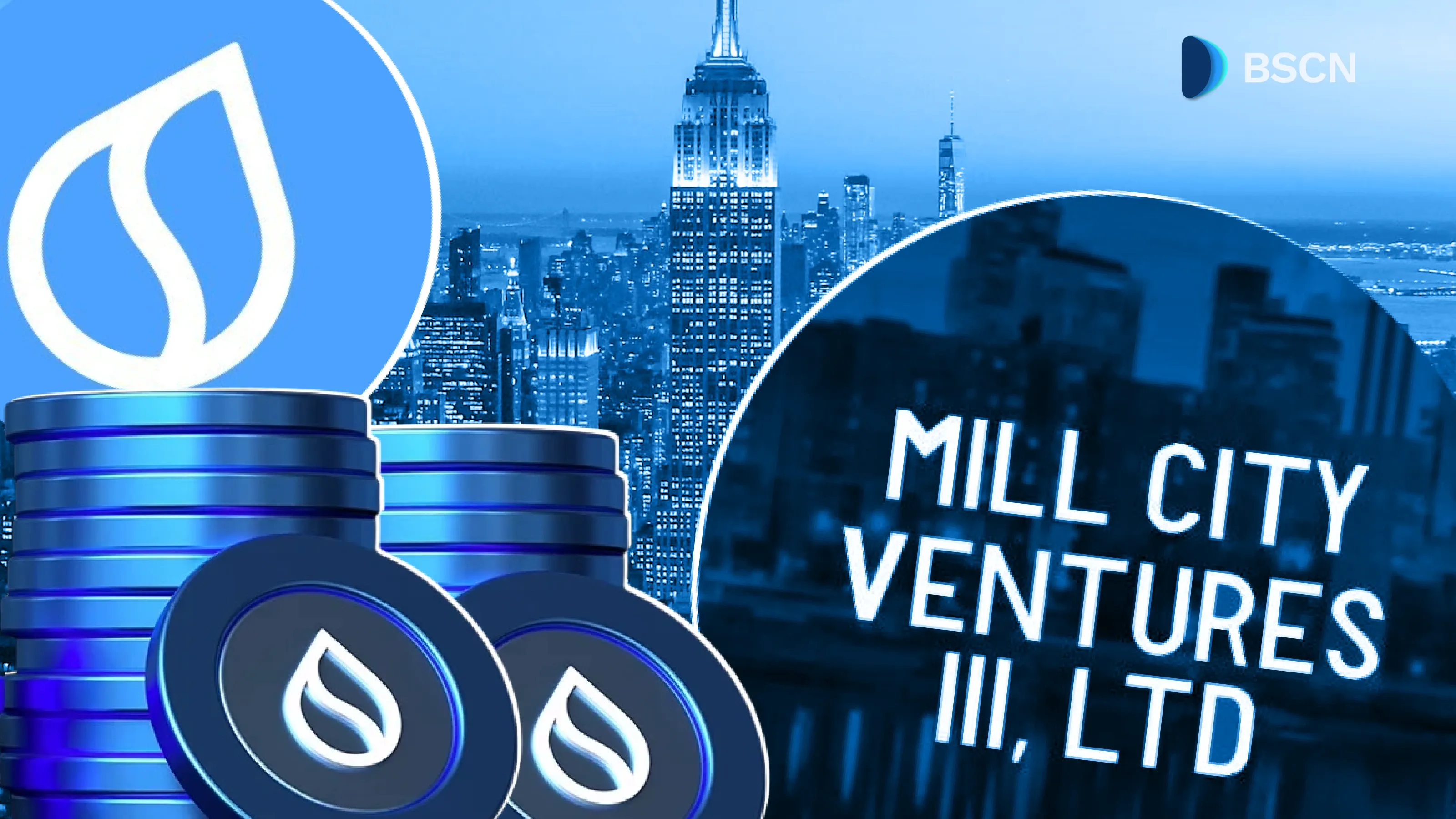WEB3
Tether Halts USDT Minting on EOS and Algorand

This decision is reportedly part of Tether's strategy to optimize its blockchain ecosystem by focusing on platforms with higher community engagement.
BSCN
June 24, 2024
Tether announced it would cease minting its USDT stablecoin on the EOS and Algorand blockchains. This move is effective immediately, as reported on June 24. The decision is part of Tether’s strategy to optimize its blockchain ecosystem by focusing on community-driven support and resource allocation.
Tether Announces Strategic Transition to Prioritize Community-Driven Blockchain Support
— Tether (@Tether_to) June 24, 2024
Read more: https://t.co/UCL1MJt2WO
Although Tether will stop issuing new USDT tokens on these platforms, the redemption of existing USDT on EOS and Algorand will continue for the next 12 months. This period aims to ensure a smooth transition for users, minimizing disruption.
Tether launched USDT on the Algorand blockchain in 2020, following its rollout on EOS in May 2019. Despite initial optimism, the adoption of USDT on these platforms has remained low.
Current USDT Distribution
Tether’s USDT stablecoin is currently distributed across 16 different blockchains. There is approximately $113 billion worth of USDT in circulation. The majority of this is concentrated on Tron and Ethereum, with around $59 billion on Tron and $52 billion on Ethereum. In comparison, Algorand and EOS hold significantly smaller amounts: $17 million and $85 million USDT, respectively.
On Algorand, there are roughly 39,000 holders of $17 million USDT. On EOS, there are 32,000 holders of $85 million USDT. These figures are minimal compared to the vast amounts on Tron and Ethereum.
Community-Driven Focus
In its announcement, Tether emphasized the importance of community input in shaping the future direction of its blockchain integrations. By encouraging the expansion of USDT use cases on supported protocols and chains, Tether aims to leverage community-driven innovation. This suggests smaller chains may benefit from bridging tokens from other networks rather than relying on direct minting by Tether.
The decision to discontinue USDT minting on EOS and Algorand reflects Tether’s broader goal of concentrating resources on platforms that align with community interest and offer sustainable benefits. Given that EOS and Algorand together account for less than 0.1% of the total USDT supply, this shift allows Tether to better allocate resources to more widely used platforms.
Disclaimer
Disclaimer: The views expressed in this article do not necessarily represent the views of BSCN. The information provided in this article is for educational and entertainment purposes only and should not be construed as investment advice, or advice of any kind. BSCN assumes no responsibility for any investment decisions made based on the information provided in this article. If you believe that the article should be amended, please reach out to the BSCN team by emailing [email protected].
Latest News
Crypto Project & Token Reviews
Project & Token Reviews
Comprehensive reviews of crypto's most interesting projects and assets
Learn about the hottest projects & tokens
Latest Crypto News
Get up to date with the latest crypto news stories and events








